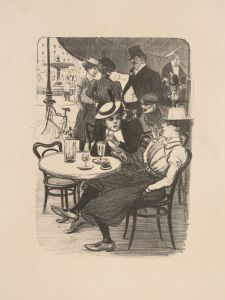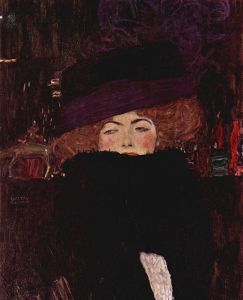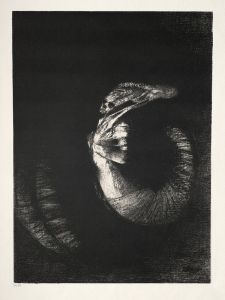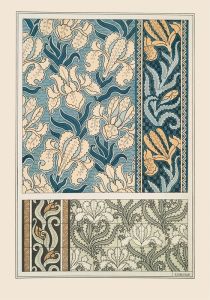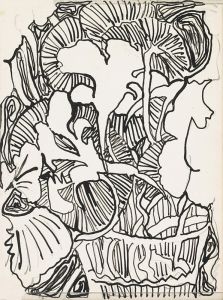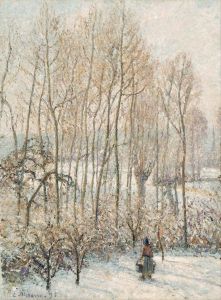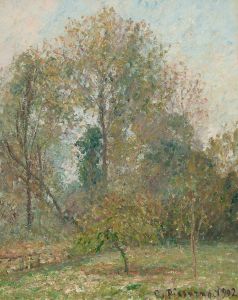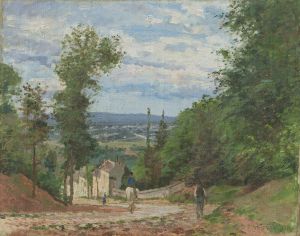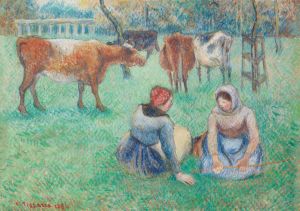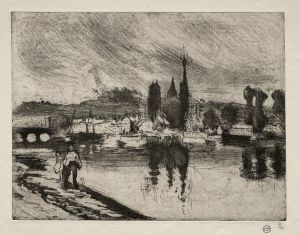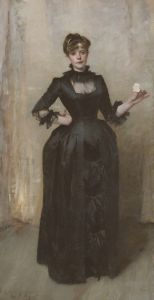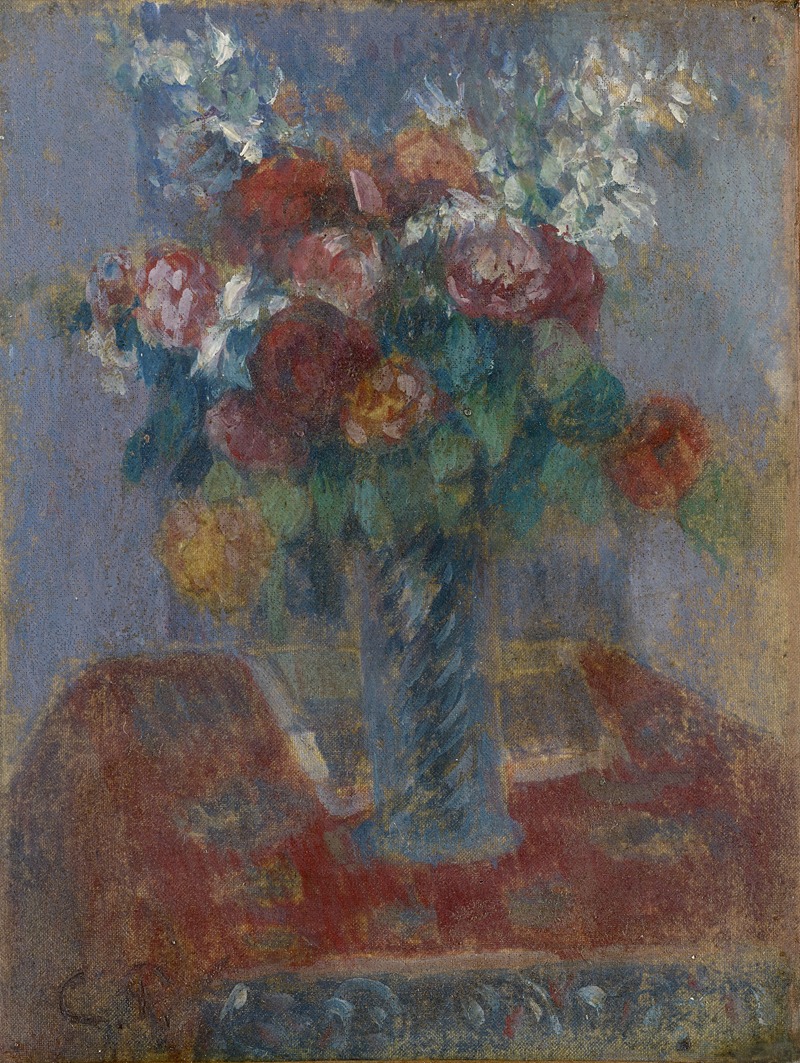
Bouquet
A hand-painted replica of Camille Pissarro’s masterpiece Bouquet, meticulously crafted by professional artists to capture the true essence of the original. Each piece is created with museum-quality canvas and rare mineral pigments, carefully painted by experienced artists with delicate brushstrokes and rich, layered colors to perfectly recreate the texture of the original artwork. Unlike machine-printed reproductions, this hand-painted version brings the painting to life, infused with the artist’s emotions and skill in every stroke. Whether for personal collection or home decoration, it instantly elevates the artistic atmosphere of any space.
Camille Pissarro, a pivotal figure in the Impressionist movement, is renowned for his contributions to landscape and rural life paintings. However, he also explored other subjects, including still lifes. One of his notable works in this genre is "Bouquet," a painting that exemplifies his skill in capturing the delicate interplay of light and color.
"Bouquet" by Camille Pissarro is a still life painting that showcases the artist's adeptness in rendering floral compositions. While specific details about the painting's creation, such as the exact year it was painted, are not widely documented, it is consistent with Pissarro's broader body of work that often emphasizes natural beauty and the effects of light.
Pissarro's approach to painting was heavily influenced by his Impressionist contemporaries, such as Claude Monet and Pierre-Auguste Renoir. Like them, he was interested in capturing the transient effects of light and atmosphere. In "Bouquet," this is evident in the way he uses loose brushwork and a vibrant palette to convey the freshness and vitality of the flowers. The painting likely features a variety of blooms, arranged in a casual yet harmonious manner, reflecting the Impressionist interest in everyday subjects and the beauty found in ordinary scenes.
The composition of "Bouquet" is likely characterized by a dynamic arrangement that draws the viewer's eye across the canvas. Pissarro's use of color would have been both bold and subtle, employing a range of hues to depict the flowers and their surroundings. The background might be rendered in softer tones, allowing the bouquet to stand out as the focal point of the painting.
Pissarro's still lifes, including "Bouquet," are less frequently discussed than his landscapes, but they offer valuable insights into his artistic process and interests. They demonstrate his versatility and his ability to apply the principles of Impressionism to a variety of subjects. His still lifes are appreciated for their spontaneity and the way they capture the essence of the subject matter without excessive detail.
Throughout his career, Pissarro remained committed to the ideals of the Impressionist movement, continually experimenting with techniques and compositions. His work in still life painting, including "Bouquet," reflects his dedication to exploring new artistic possibilities and his keen observation of the world around him.
While "Bouquet" may not be as widely recognized as some of Pissarro's other works, it remains an important part of his oeuvre, illustrating his skill in capturing the beauty of nature in its many forms. The painting is a testament to Pissarro's enduring legacy as a master of Impressionism and his ability to find beauty in the simplest of subjects.





